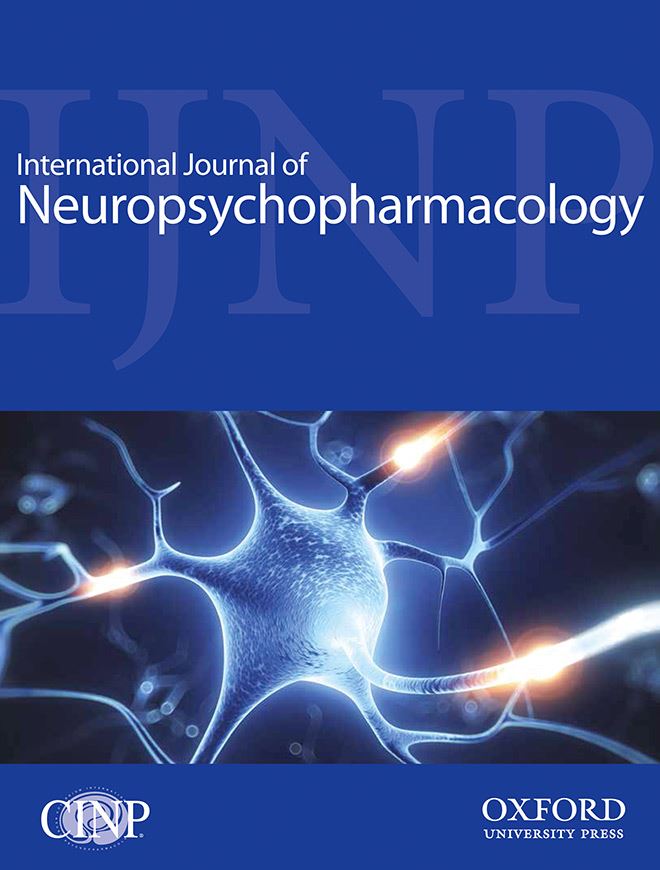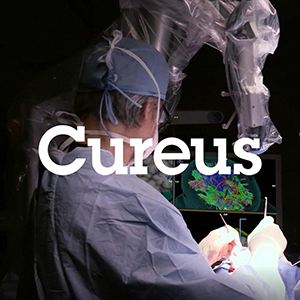
“Background: Cannabis use may be linked with anhedonia and apathy. However, previous studies have shown mixed results and few have examined the association between cannabis use and specific reward sub-processes. Adolescents may be more vulnerable to harmful effects of cannabis than adults. This study investigated (1) the association between non-acute cannabis use and apathy, anhedonia, pleasure, and effort-based decision-making for reward, and (2) whether these relationships were moderated by age-group.
Methods: We used data from the ‘CannTeen’ study. Participants were 274 adult (26-29 years) and adolescent (16-17 years) cannabis users (1-7 days/week use in the past three months), and gender- and age-matched controls. Anhedonia was measured with the Snaith-Hamilton Pleasure Scale (n=274), and apathy was measured with the Apathy Evaluation Scale (n=215). Effort-based decision-making for reward was measured with the Physical Effort task (n=139), and subjective wanting and liking of rewards was measured with the novel Real Reward Pleasure task (n=137).
Results: Controls had higher levels of anhedonia than cannabis users (F1,258=5.35, p=.02, ηp2=.02). There were no other significant effects of User-Group and no significant User-Group*Age-Group interactions. Null findings were supported by post hoc Bayesian analyses.
Conclusion: Our results suggest that cannabis use at a frequency of three to four days per week is not associated with apathy, effort-based decision-making for reward, reward wanting, or reward liking in adults or adolescents. Cannabis users had lower anhedonia than controls, albeit at a small effect size. These findings are not consistent with the hypothesis that non-acute cannabis use is associated with amotivation.”
https://pubmed.ncbi.nlm.nih.gov/35999024/
https://academic.oup.com/ijnp/advance-article/doi/10.1093/ijnp/pyac056/6674260?login=false
“Cannabis users no more likely to lack motivation than non-users: Study breaks ‘stoner’ stereotype”
https://medicalxpress.com/news/2022-09-cannabis-users-lack-non-users-stoner.html







